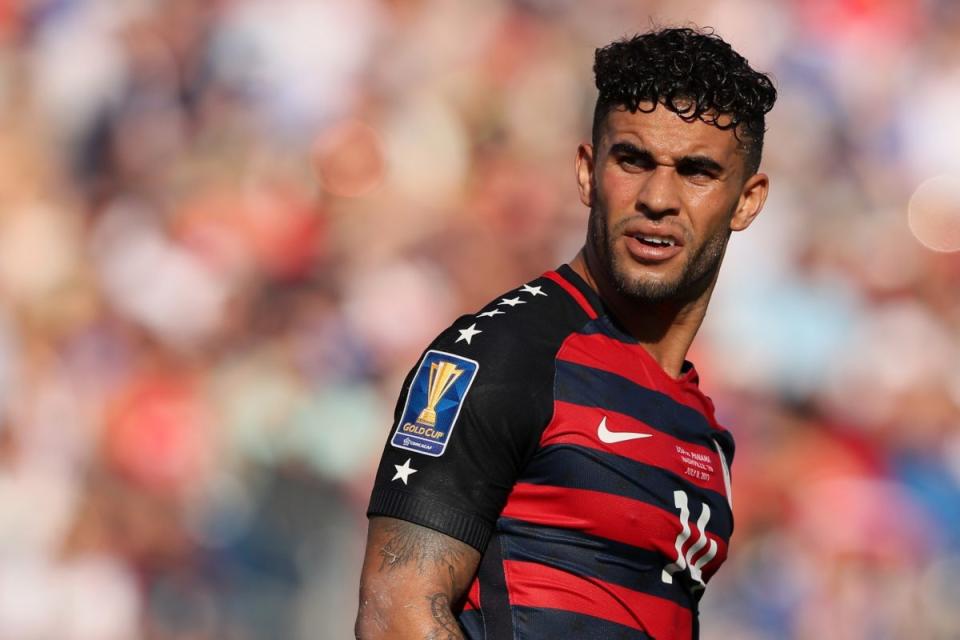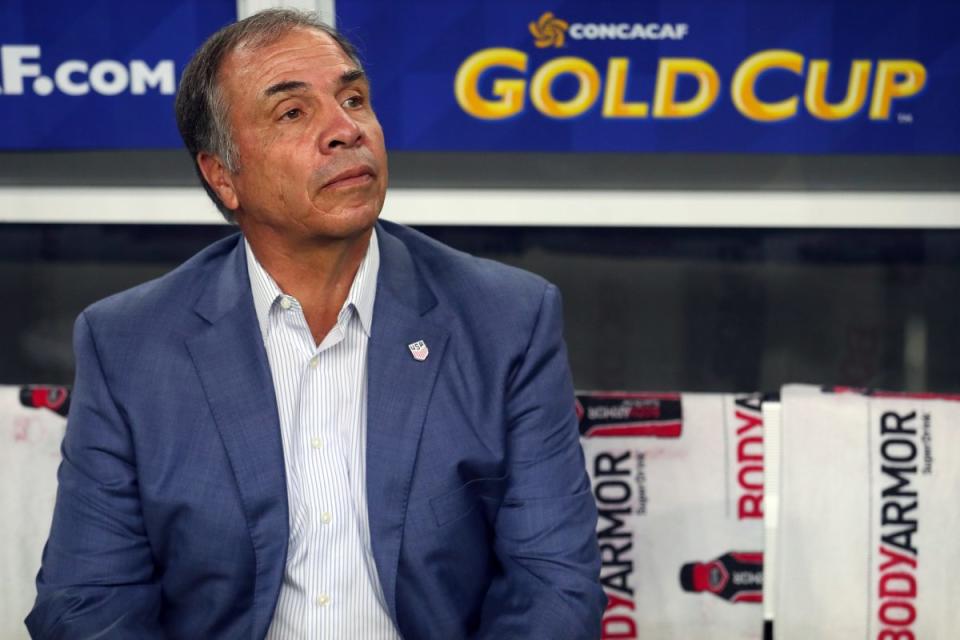Gold Cup triumph brings stability, confidence to U.S. Soccer

Simply put, the Gold Cup couldn’t have gone much better for Bruce Arena.
That doesn’t mean it went perfectly. It didn’t. No tournament ever does. But the Stars and Stripes ended the tournament as champions, and the U.S. manager learned much about his player pool in the process. There’s not much more you can ask for from an off-year Gold Cup.
Even in an underwhelming group stage, Arena’s side got the results it needed, including a late goal from Matt Miazga versus Nicaragua to take home the top spot in the group. It wasn’t the most inspired soccer from the Americans — a 3-2 win over Martinique was a particular lull — but it was more than enough for the young team to advance. Most importantly, Arena had the chance to evaluate essentially every player from that young opening roster, with 22 players starting at least one game. One of those who didn’t record a start was backup goalkeeper Sean Johnson, and, barring injury, the U.S. is already set at that position.
Arena was then aggressive from that point, using all six changes available to him ahead of the knockout stage. Longtime first-team fixtures Tim Howard, Michael Bradley, Jozy Altidore and Clint Dempsey joined. Also added to the squad were young goalkeeper Jesse Gonzalez, who switched soccer allegiances from Mexico to the United States shortly before the tournament, and Darlington Nagbe, whose work rate and positive, probing dribbling style were displayed often.
[ Follow FC Yahoo on social media: Twitter | Facebook ]
Some viewed the changes as overkill, especially in a tournament where no knockout-round qualifier had more than a few pieces of its top team. That sentiment has been overstated, though. Replacing Guzan with Howard is certainly a talent upgrade, but the experience factor is negligible. As mentioned above, Johnson didn’t see the field, and neither did his replacement (Gonzalez). Interchanging Nagbe for Alejandro Bedoya is actually a move toward youth, and Nagbe continued to solidify his case for a well-deserved spot going forward. Bedoya was going to leave regardless, anticipating the birth of his daughter.
Where most took issue was Bradley for Cristian Roldan and Altidore and Dempsey for Dom Dwyer and Kelyn Rowe. But even with those changes, Arena had already accomplished his most basic yet important objective: cap-tying all three youngsters. Yes, it certainly could have been beneficial to see if Dwyer’s nose for goal had continued to pay dividends later in the tournament, or if Rowe’s positive group performance carried over to the knockout stages.
But Arena’s changes had a point, all of which can be succinctly summed up as redemption. For Altidore, that meant ending a 10-game national team goalless streak with a class finish against Costa Rica in the semifinals. In that same match for Bradley and Altidore both, it meant washing away the stink of a 4-0 qualifying loss to Los Ticos last November. In the final, for Bradley and Dempsey, it meant avenging an embarrassing 2015 Gold Cup semifinal loss.
Even for Morris, who has endured a brutal club season for the Seattle Sounders, the Gold Cup was redemptive. He tied for the tournament high with three goals, including the tournament-winner. Does he get that chance if Dwyer is still with the team? Perhaps not. For a player who is just 22 years old, and who was the first collegiate player to join the senior team since Chris Albright in 1999, the confidence gained from these last few weeks could prove crucial going forward.

For several other young players, the on-field product was positive. Jorge Villafaña carried over his form from recent World Cup qualifiers and looks to be a first-team fixture. Kellyn Acosta looks to be in the immediate future plans as well, and though his play had considerable peaks and valleys, this experience playing in the center midfield with Bradley will undoubtedly prove beneficial. Paul Arriola’s work rate has him looking more and more like a sure thing for future qualifiers.
Overall it’s easy to lambast Arena for bringing in several of his A-team players to what was very much a B-team tournament, and in spots, perhaps, such criticism is deserved. But said criticism should pale in comparison to what Arena has done since he arrived for his second spell in charge of the team.
Not only has the United States reclaimed the Gold Cup while playing a significant number of young players, but the team is miles better — and more composed — than it was just eight months ago when Arena took over. He’s unbeaten in 14 matches and a winner in nine of those 14. The Yanks are on track to make the 2018 World Cup, something that was far from the case when Arena took over. It’s hard to deny the simple change in confidence regarding this team. Arena has calmed things down after a patch of turbulence in the team and the federation as a whole.
The Gold Cup triumph on the surface doesn’t mean much. The U.S. had already claimed five such championships before this year anyway. But with two more crucial qualifiers against Costa Rica (September 1) and Honduras (Sept. 5) on the horizon, Arena has a much clearer picture of what young players ought to be included and a group of veterans playing with confidence. That’s a very meaningful combination of results from a supposedly “meaningless” tournament. Plus, taking home hardware never hurt anyone, right?
More soccer coverage from FC Yahoo:
• Five winners and five losers from the USMNT’s Gold Cup
• Morris’ late rocket wins Gold Cup for United States
• What’s Mexico’s next move after disappointing summer?



